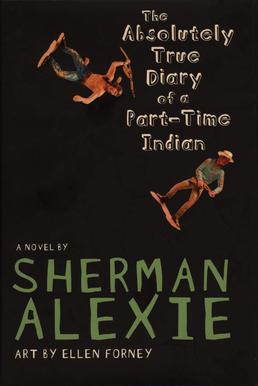[Note: Yes, “Greg”
exists—although his name has been changed to protect the innocent. Also, I don’t have any friends by the name of
Greg and I secretly always wanted one, so there you go.]
Dear Greg,
I hope this letter
finds you well. It’s been far too long
since our last correspondence; sorry about that! While the nature of this letter—a warning
that you stay far, far away from Fight
Club 2—is a strange and short message, I hope our dialogue could continue
on a routine basis.
You introduced me to Fight Club in 2008, when we both worked
at that snack bar inside of the dormitory.
I’m not exactly sure how I made it to age 20 before (a) watching Fight Club, or—even more impressively
(b) making it that far without being spoiled by the quintessential movie twist of
our generation. Hell, I didn’t even know
it was a book before it was a film.
Anyway, it was a very slow night at work, and those two and a half hours
watching that hyper-masculine drama helped make the night go by fast. So for that, I thank you.
I don’t normally
thank people for showing me movies eight years ago, so I should probably stop
burying the lead and explain the meat of this letter. For some reason, I went seven years after
first watching the film before seeking out the novel that started all of
this…despite your fervent recommendation (I was an English major, so I had too
many other things to read on my radar).
Chuck Palahniuk’s most well-known novel is indeed a high-paced thriller,
and I do appreciate his philosophical ruminations—but the whole thing is too
abrasively full of itself. I know that
Mr. Palahniuk has gone on record in saying that he thought the film adaptation
was better than his novel, and I’m inclined to agree with him.
Regardless, I was
motivated to give the sequel a shot: it
is published as a graphic novel, and my local library had a bind up of all ten
comics, so I didn’t have to gather all of the installments in chronological
order before reading. I’m glad I was
able to find a bind-up, because the chapters aren’t very long, and I’d have
felt cheated if I had to wait around. If
you are encouraged to read the sequel (despite what this letter is warning
you), I advise you go the same route.
In short, this was a
real piece of shit. While it only took
two hours for me to read, I mourned the loss of those two hours, which could
have been served in more productive ways.
To start, the sequel
was too derivative of its predecessor.
Yes, by definition sequels are supposed to take the characters and
setting of the original and form a continuation; however, it’s essential that
the sequel expands on the ideas of the first (if not coming up with entirely
new concepts), not retread on what we’ve been given before.
Additionally, the
artwork in the graphic novel isn’t all that impressive. The colors are dingy, the characters look
like Beavis and Butthead rejects, and
the images don’t jump off the page in a dynamic way. What does literally jump off the page,
however, are pills, rose buds, and blood, which occasionally will soak the
pages and make the text literally impossible to read. This intentional method to block readers from
the text (which isn’t exclusive to plot-specific portions) is telling: perhaps the writers don’t have faith in their
material being compelling enough on its own, and would rather have readers
imagine what was written there instead.
The graphic novel has
numerous problems, but the part that infuriated me the most was the inclusion
of Chuck Palahniuk and his writing staff as characters in the story. At one part, Marla is given a phone number by
Mr. Palahniuk and is told to call if the plot ever lags. Shortly thereafter the plot does lag, so
Marla calls and asks for advice on how to proceed. And then we get to the conclusion, where Mr.
Palahniuk and his crew come up with an awful solution. He then has a group of fans protest this
ending, and for far too long this banter goes on. This goes well past dues ex machina: it’s
horribly lazy, and none of the readers deserve an ending this lame. I give this book an F.
In the end, Fight
Club 2 is an example of a sequel that should have never happened—at least not
officially. Sometimes an author should
leave behind their most famous works, and have their committed fanbase fill in
the blanks left behind without feeling the need to butt in and give a lame
follow-up.
I’m sure you’ll
agree.
Anyway, I hope all is
well. I look forward to talking to you
again soon!
Sincerely,
Mike
P.S. I saw that you took your wife on an
anniversary trip to The Wizarding World of Harry Potter. I’m insanely jealous! Speaking of, have you read Harry Potter and the Cursed Child? If not, I think I have a suggested topic for
our next discussion.




